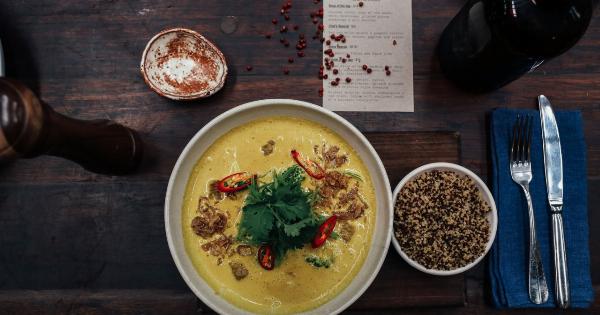Quinoa is a grain-like seed that has gained popularity in recent years for its numerous health benefits and versatile uses in the kitchen.
Originating from the Andean region of South America, quinoa has been cultivated for several thousand years by the Incas and other indigenous cultures. Today, it is globally recognized as a superfood due to its exceptional nutritional profile and potential health advantages.
Nutritional Profile of Quinoa
Quinoa is often referred to as a “pseudo-grain” because, although it is technically a seed, it is commonly consumed as a grain due to its similar cooking characteristics.
This versatile food is a rich source of various essential nutrients, making it an excellent addition to any diet.
Rich in Protein
Quinoa stands out for its high protein content, making it an ideal food choice for vegans, vegetarians, and individuals looking to increase their plant-based protein intake.
It contains all nine essential amino acids, making it a complete protein source. In fact, compared to other grains, quinoa has almost twice as much protein, making it a valuable staple for those seeking alternative protein sources.
Abundance of Dietary Fiber
In addition to its protein content, quinoa is also rich in dietary fiber, which plays a crucial role in maintaining healthy digestion and preventing constipation.
A single cup of cooked quinoa contains approximately 5 grams of fiber, contributing to your recommended daily intake. Consuming fiber-rich foods like quinoa can also help control blood sugar levels, reduce cholesterol, and promote satiety.
Great Source of Essential Minerals
Quinoa is packed with essential minerals that contribute to overall health and well-being. It is particularly abundant in magnesium, phosphorus, manganese, and copper, which are vital for various bodily functions.
Magnesium, for example, is important for energy production, blood sugar control, and bone health. Including quinoa in your diet can help ensure an adequate intake of these essential minerals.
Loaded with Antioxidants
Quinoa contains a range of antioxidants, including flavonoids and quercetin.
These compounds help protect your body against the harmful effects of free radicals, unstable molecules that can cause oxidative stress and contribute to chronic diseases such as heart disease, cancer, and certain neurological disorders. Including quinoa in your diet can boost your antioxidant intake and support overall health.
A Gluten-Free Option
For individuals with gluten intolerance or celiac disease, finding suitable grain alternatives can be challenging. Fortunately, quinoa is naturally gluten-free, making it an ideal choice for those who need to eliminate gluten from their diet.
Its versatility and neutral taste make it an excellent substitute for wheat and other gluten-containing grains in a wide variety of recipes.
Quinoa and Weight Management
Due to its high fiber and protein content, quinoa can be a valuable addition to a weight management plan. Both fiber and protein help increase satiety and reduce feelings of hunger, potentially leading to a decrease in overall calorie consumption.
Additionally, quinoa’s low glycemic index prevents large spikes in blood sugar levels, promoting stable energy levels and reducing cravings.
Versatile Culinary Uses
Quinoa’s mild and nutty flavor, along with its unique texture, make it a versatile ingredient in the kitchen. It can be used as a base for salads, added to soups and stews, or even incorporated into baked goods.
Quinoa flour and flakes are also available, allowing you to explore a wide range of culinary possibilities. Its adaptability and nutritional benefits make it a popular choice for both sweet and savory dishes.
How to Cook Quinoa
Cooking quinoa is relatively simple, and it can be prepared in a similar manner to rice. Here is a basic method for cooking quinoa:.
- Rinse the quinoa under cold water to remove any residue or bitterness.
- In a saucepan, combine 1 part quinoa with 2 parts water or broth.
- Bring the mixture to a boil, then reduce the heat and let it simmer for about 15-20 minutes.
- Once the quinoa has absorbed all the liquid and the grains are tender, remove it from heat and fluff it with a fork.
- Your quinoa is now ready to be enjoyed as a side dish, in salads, or as a base for various recipes.
Conclusion
Quinoa is an incredibly nutritious and versatile food that offers numerous health benefits. Its exceptional nutritional profile, including its high protein and fiber content, essential minerals, and antioxidants, make it a valuable addition to any diet.
Whether you’re seeking an alternative protein source, managing your weight, or simply looking to explore new culinary options, quinoa is definitely worth incorporating into your meals.






























